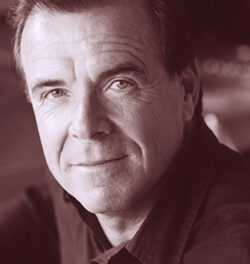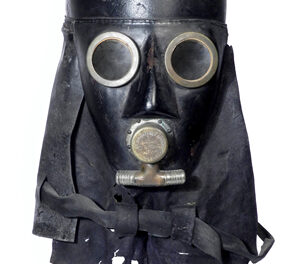“Strings Attached,” a concert held at Ruggero Piano, featured two artists with local roots performing two notable nineteenth century violin sonatas. The artists were Michael Danchi, violin, and Jonathan Levin, piano. Both began their studies in Raleigh and performed together on occasion before going off in different directions for further studies and training. Danchi has played violin since he was four years old. He received coaching from Betty Gehring, Pam Kelly, Wilinda Atchley, Eric Pritchard and others before heading off to Eastman School of Music, where he studied with Charles Castleman. He is the head of IPM Productions (“It’s Past Midnight!”), an independent music production company founded in 2003. IPM’s purpose is to inspire people and create a vision of hope, beauty and passion for life through music.
Levin began his studies in Raleigh and made his debut with the Raleigh Symphony Orchestra when he was fifteen years old. He attended Manhattan School of Music in New York City and holds a Masters Degree from Brooklyn College Conservatory of Music. He regularly presents lecture concerts as an alternative to the standard recital format, in order to garner a closer connection with audiences and is part of an ongoing series of lecture concerts in collaboration with fellow pianists Matthew Harrison and Vlada Yaneva at the Polish American Heritage Museum in Port Washington, NY presenting several concerts each season.
The two violin sonatas they performed were each the last of three works in this form by Edvard Grieg and Johannes Brahms. The program opened with the Grieg Violin Sonata No.3 in C minor Op.45, composed in the fall of 1886 and following. Whereas his first two sonatas were written in a matter of weeks, this one took several months to complete. It remains, from its first performance, the most popular of the three.
It begins with a bold and rather dark theme in which both violin and piano participate. The piano provides a vigorous and somewhat heavy chordal accompaniment and the violin a dramatic, almost heroic theme, both of which lead to a second theme, more lyrical and lilting than the first. This theme is passed back and forth between the instruments and is developed further before returning to the original theme and ending with a powerful statement.
The second movement is a gentle lullaby, very Norwegian, introduced by a long solo piano passage; after which the violinist takes the lovely melody and the piano accompanies with chords or counter melody. The middle section features a playful dance tune and the movement ends with the violin on a shimmering pianissimo high note.
The animated third movement is stylistically the stuff of Grieg, playfully lyrical, charming and virtuosic. The style is recognizable if you have heard any of Grieg’s late piano music or the Piano Concerto. It is cast in sonata form without a development section and concludes with an energetic coda.
After a brief intermission, we heard Brahms Violin Sonata No.3 in D minor, Op.108. It is the last of three violin sonatas written between 1878 and 1887 and is dedicated to Hans von Bülow. The premier was in Budapest in 1888 with violinist Jenő Hubay; Brahms played the piano.
The first of four movements (the first two violin sonatas were written in three movements) is marked allegro and is traditional sonata-allegro form with theme introduction, development and recapitulation. Brahms demonstrates his mastery of the form making use of dramatic, rhapsodic and almost symphonic material throughout.
The second movement is a gentle, lyrical cavatina, a song of delicious sweep voiced by the violin with the piano providing a lush accompaniment. In the third movement it is the piano that takes center stage, while the violin provides a simple syncopated accompaniment.
The fourth movement fairly flies (it is marked Presto agitato) barely pausing briefly for the violin to soar. It provides ample opportunity for the display of virtuosic technical and musical skill, of which there was a-plenty from both artists. The performance throughout was characterized by a good balance and communication between the instruments. Lyrical sections were expressive, and dramatic passages were heroically firm and powerful. The Raleigh area is fortunate to have ties with these two fine young artists.
It was an interesting choice to include these two works, both providing a range of techniques and instrumental skills. The Grieg was a delight; perhaps not performed often enough. It was articulated well and expressively performed, and provided pleasant connections. The Brahms was, for this reviewer, the more satisfying and made this listener feel as though the strings were indeed attached to the sensors of spiritual and emotional satisfaction. We should hope to hear more from Danchi and Levin in future performances.












